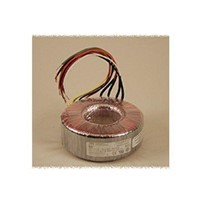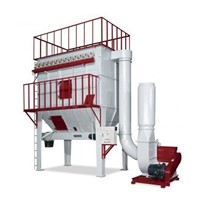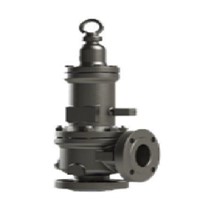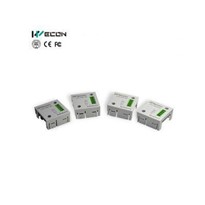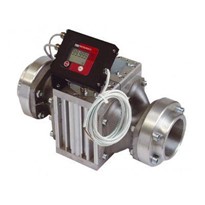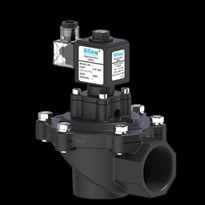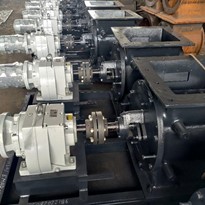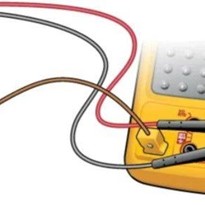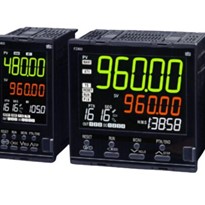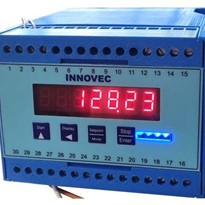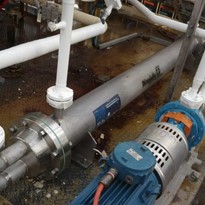In this article, we will discuss the importance of these components and how they contribute to the overall performance of dust collectors.
Pulse jet valves are an integral part of dust collection systems. They are responsible for providing the pulse of compressed air that cleans the filters within the dust collector. The valves are designed to open and close very quickly, releasing a burst of compressed air that dislodges the accumulated dust from the filter bags. This process is known as "pulse jet cleaning" and is essential for maintaining the efficiency of the dust collector.
There are several types of pulse jet valves available on the market, including diaphragm valves, piston valves, and solenoid valves. Each type has its own unique advantages and disadvantages, depending on the specific application and requirements of the dust collection system. For example, diaphragm valves are often used in high-pressure applications, while solenoid valves are more commonly used in low-pressure applications.
Sequence controller cards are another critical component of dust collection systems. These cards are responsible for controlling the timing and duration of the pulse jet cleaning process. The cards receive signals from sensors within the dust collector that indicate when the filters need to be cleaned. The cards then activate the pulse jet valves in a specific sequence to ensure that the filters are cleaned thoroughly and efficiently.
Sequence controller cards can be programmed to control various aspects of the pulse jet cleaning process, such as the number of pulses, the duration of each pulse, and the interval between pulses. This level of control allows operators to customize the cleaning process to suit the specific needs of their facility, ensuring that the dust collector operates at maximum efficiency.
In addition to controlling the pulse jet valves, sequence controller cards can also provide valuable information about the performance of the dust collection system. They can monitor air pressure, airflow, and other critical parameters, allowing operators to detect and address issues before they become significant problems.
In conclusion, pulse jet valves and sequence controller cards are essential components of dust collection systems. They work together to ensure that the filters within the dust collector are cleaned efficiently and effectively, allowing the system to operate at maximum efficiency. Proper selection and installation of these components are crucial to the overall performance of the dust collection system, and facility operators should work closely with experienced professionals to ensure that their dust collection system meets their specific needs and requirements.


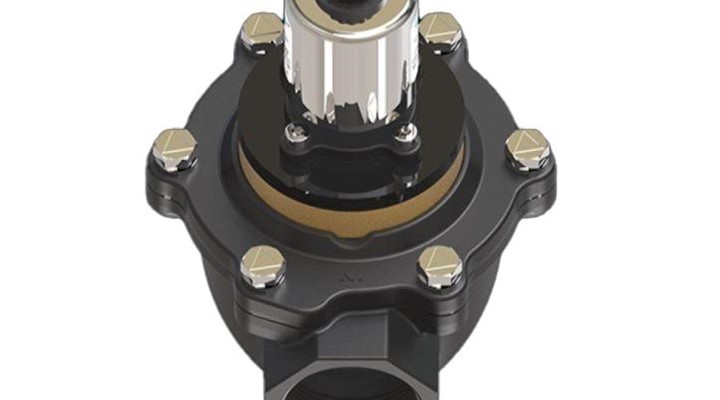
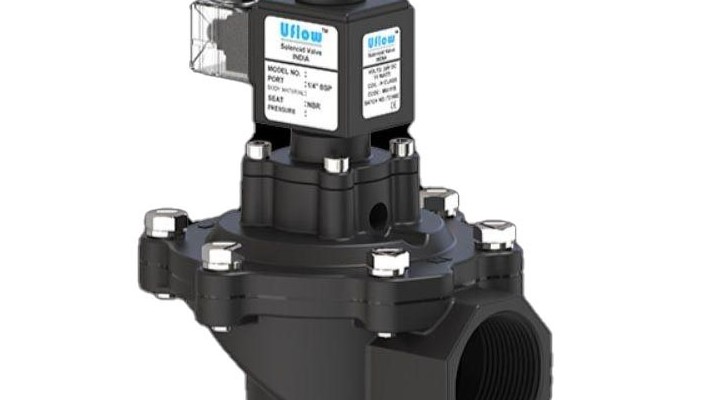
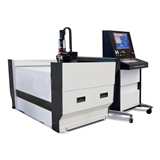
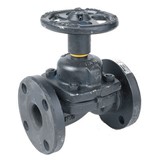
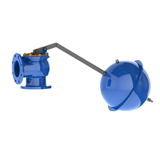
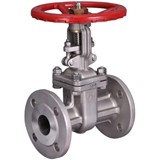
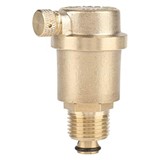
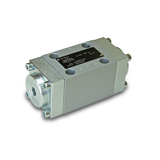
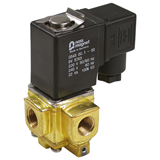

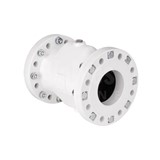
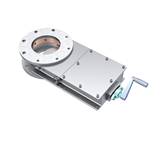



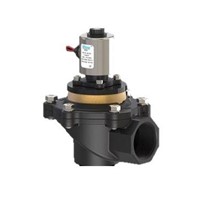
-205x205.jpg)
-205x205.jpg)

